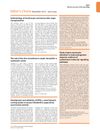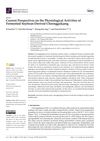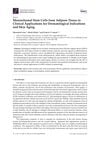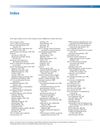Editor's Choice: November 2017 British Journal of Dermatology Highlights
November 2017
in “
British Journal of Dermatology
”
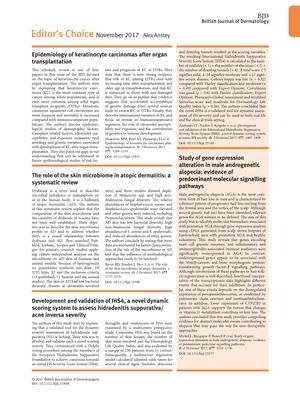
TLDR Organ transplant recipients have a higher risk of skin cancer over time, atopic dermatitis skin shows unusual bacterial and fungal patterns, a new tool for measuring hidradenitis suppurativa severity was created, and gene expression changes in male baldness suggest new treatments.
In November 2017, the British Journal of Dermatology featured several studies on dermatological conditions. One study reviewed the epidemiology of keratinocyte carcinomas (KC) in organ transplant recipients (OTRs), finding that KC risk increases with time post-transplantation and older age at transplantation, with sun-damaged skin enhancing KC risk. Another systematic review on atopic dermatitis (AD) found that AD skin has low bacterial diversity, high non-Malassezia fungal diversity, and elevated levels of Staphylococcus aureus and Staphylococcus epidermidis, suggesting a need for more data to understand the microbiome's role in AD. A multicentre prospective study involving 236 patients from 11 centers developed and validated the International Hidradenitis Suppurativa Severity Score System (IHS4), a novel tool for assessing the severity of hidradenitis suppurativa. Lastly, a study on male androgenetic alopecia (AGA) identified overexpression of genes related to mast cell granule enzymes and immune mediators, and underexpression of genes in the Wnt/ß-catenin and bone morphogenic protein/transforming growth factor-ß signalling pathways, suggesting new therapeutic approaches for AGA.
